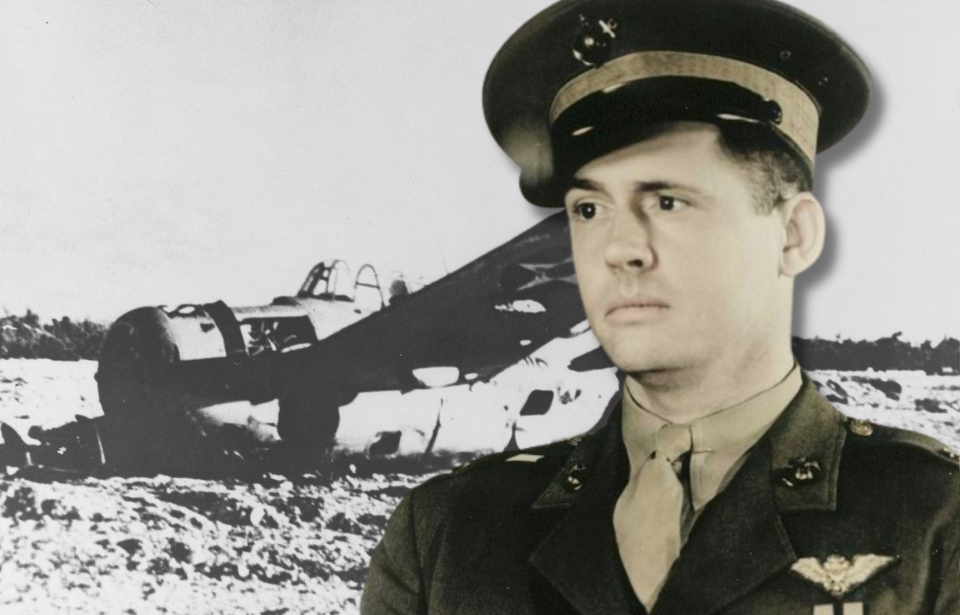Maj. Henry T Elrod, known as “Hammerin’ Hank,” was an aviator in the US Marine Corps. His childhood aspiration of becoming a pilot materialized when he joined the US military. Tragically, during his courageous stand against the Japanese on Wake Island, he sustained fatal injuries.
In recognition of his extraordinary valor, he was posthumously awarded the Medal of Honor, a testament to his remarkable courage.
Henry T Elrod had an early interest in aviation
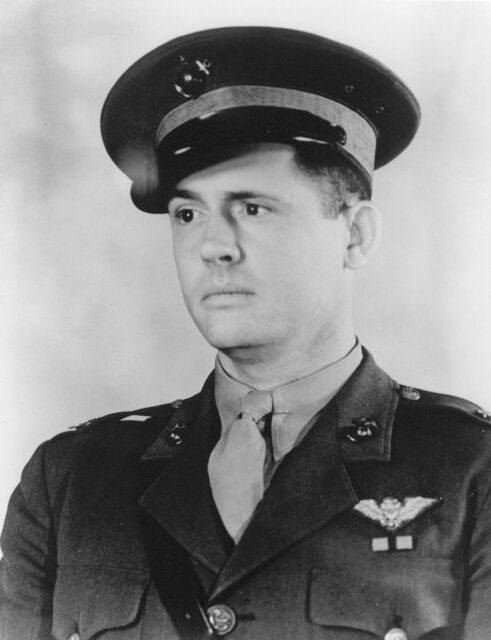
Henry T Elrod entered this world on September 27, 1905, in Rebecca, Turner County, Georgia. During his formative years, his family relocated to Thomasville, where he actively participated in baseball and football while attending the local high school. Following his graduation, he spent a year at the University of Georgia, before making the decision to transfer to Yale University.
Throughout his upbringing, Elrod harbored a fascination with aviation, largely kindled by the awe-inspiring barnstormers who made appearances in the area. Witnessing their daring aerial stunts left an indelible impression on him, igniting a deep-seated desire to take flight himself.
Enlisting in the US Marine Corps
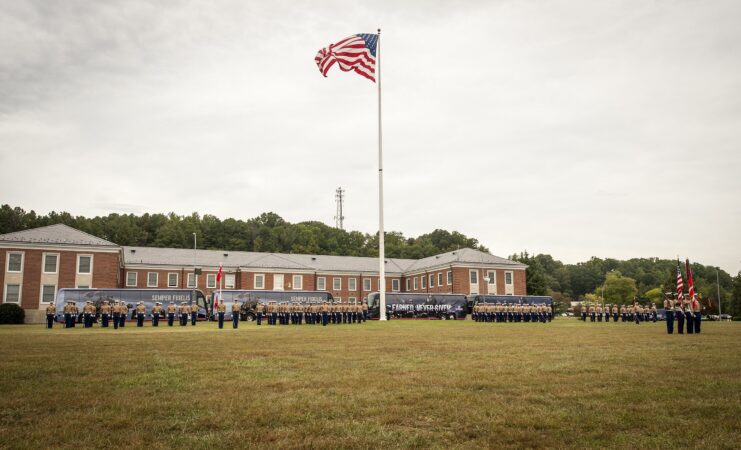
In December of 1927, Henry T Elrod entered the ranks of the US Marine Corps and was commissioned as a second lieutenant in February 1931. Following his completion of The Basic School (TBS), he was stationed at Naval Air Station Pensacola, where he simultaneously served as a student aviator and a company officer.
During his tenure at NAS Pensacola, Elrod faced the challenge of pursuing his aviator’s wings on two occasions. Notorious for his reluctance to adhere to regulations and his reputation as a daredevil in the cockpit, he failed his first flight training program. That being said, he was granted a second opportunity in 1935 and managed to narrowly pass.
Upon achieving his wings, Elrod was transferred to Marine Corps Base Quantico, where he undertook a variety of roles, including those of a Marine aviator, school officer, personnel officer and welfare officer. In July 1938, he received orders to join a squadron in San Diego before being stationed in Hawaii.
The Japanese launch an attack on Wake Island
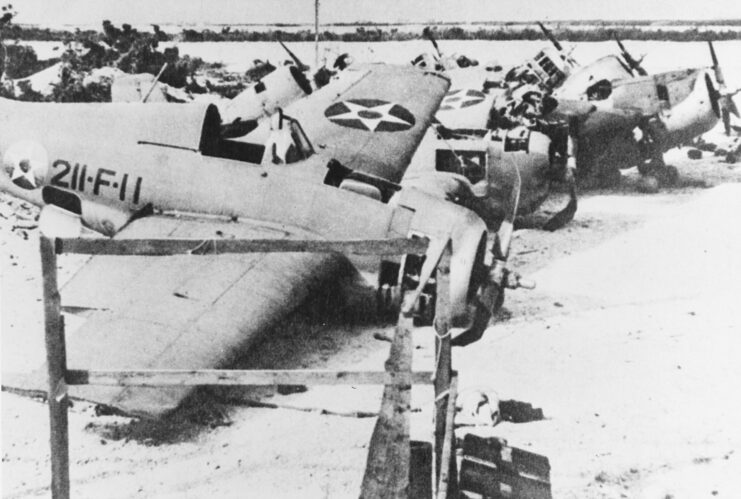
On December 4, 1941, Henry T Elrod and 11 fellow pilots from Marine Fighter Squadron 211 (VMF-211) took off from the USS Enterprise (CV-6) in their Grumman F4F-3 Wildcats. They were for Wake Island, a crucial military base situated about 2,300 miles from Oahu.
Coinciding with the attack on Pearl Harbor, which, due to Wake Island’s location across the International Date Line, technically occurred on December 8, 1941, the Japanese initiated an aerial assault using 36 Mitsubishi G3Ms. The onslaught resulted in the destruction of eight out of the 12 F4F-3s while the remaining four were on patrol. Subsequent raids aimed to dismantle American military assets and infrastructure.
On December 12, Elrod piloted one of the surviving F4F-3s and engaged 22 enemy bombers single-handedly, downing two of them. He then executed several effective low-altitude strafing and bombing runs on Japanese ships, including the destroyer Kisaragi (1925), which sank after Elrod dropped two 100-pound bombs onto her deck, setting off the stored depth charges below.
This remarkable feat established the Marine aviator as the first person to sink an enemy warship using small-caliber bombs while flying a fighter aircraft.
Henry T Elrod is fatally wounded by enemy fire
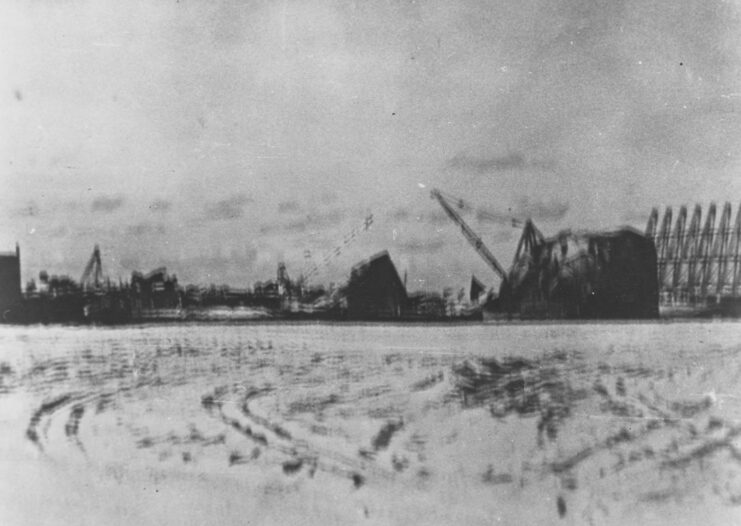
On December 22, 1941, the Imperial Japanese Navy (IJN) landed a unit from their Special Naval Infantry on the shores of Wake Island. By this point, the remaining four Wildcats had been destroyed, and the surviving US forces had dwindled far below the initial strength of over 500 – 449, of which, had been Marine Corps personnel.
Determined to keep fighting, Henry T Elrod organized the remaining troops to defend the beach. He grabbed a Thompson sub-machine gun to provide cover while unarmed ammunition carriers resupplied a nearby machine gun emplacement.
At just before dawn on December 23, Elrod was preparing to throw a grenade toward an advancing group of enemy troops when he was fatally shot by a Japanese sailor who’d hidden among the dead on the beach. The Marine died instantly.
Wake Island fell to the Japanese later that day and remained in their possession until the end of World War II.
Posthumously awarded the Medal of Honor
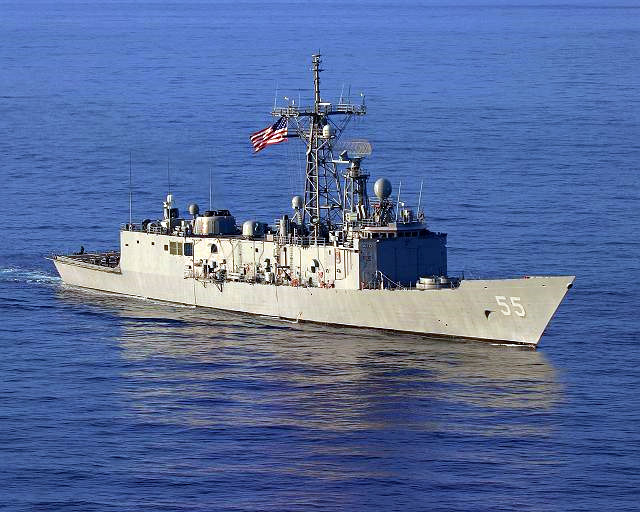
Henry T Elrod was awarded a number of posthumous decorations, including the Navy Presidential Unit Citation, the Purple Heart and the Combat Action Ribbon. The most noteworthy, however, was the Medal of Honor, which was presented to his widow by Gen. Alexander A. Vandegrift on November 8, 1946. While awarded after the Second World War, the efforts for which it was earned made Elrod the first Marine aviator to receive the MoH in the conflict.
While initially buried on Wake Island, the Elrod was reinterred in Arlington National Cemetery in October 1947.
More from us: George Patton Called Creighton Abrams a ‘World Champion’ Tank Commander
In the decades since his passing, Henry T Elrod has been memorialized in a number of ways. Along with being inducted into the Georgia Aviation Hall of Fame in 1995, the US Navy Oliver Hazard Perry-class frigate USS Elrod (FFG-55) was named in his honor. As well, roads at the Marine Corps Officer Candidate School, Marine Corps Air Station Miramar and Camp H.M. Smith are named for him.
